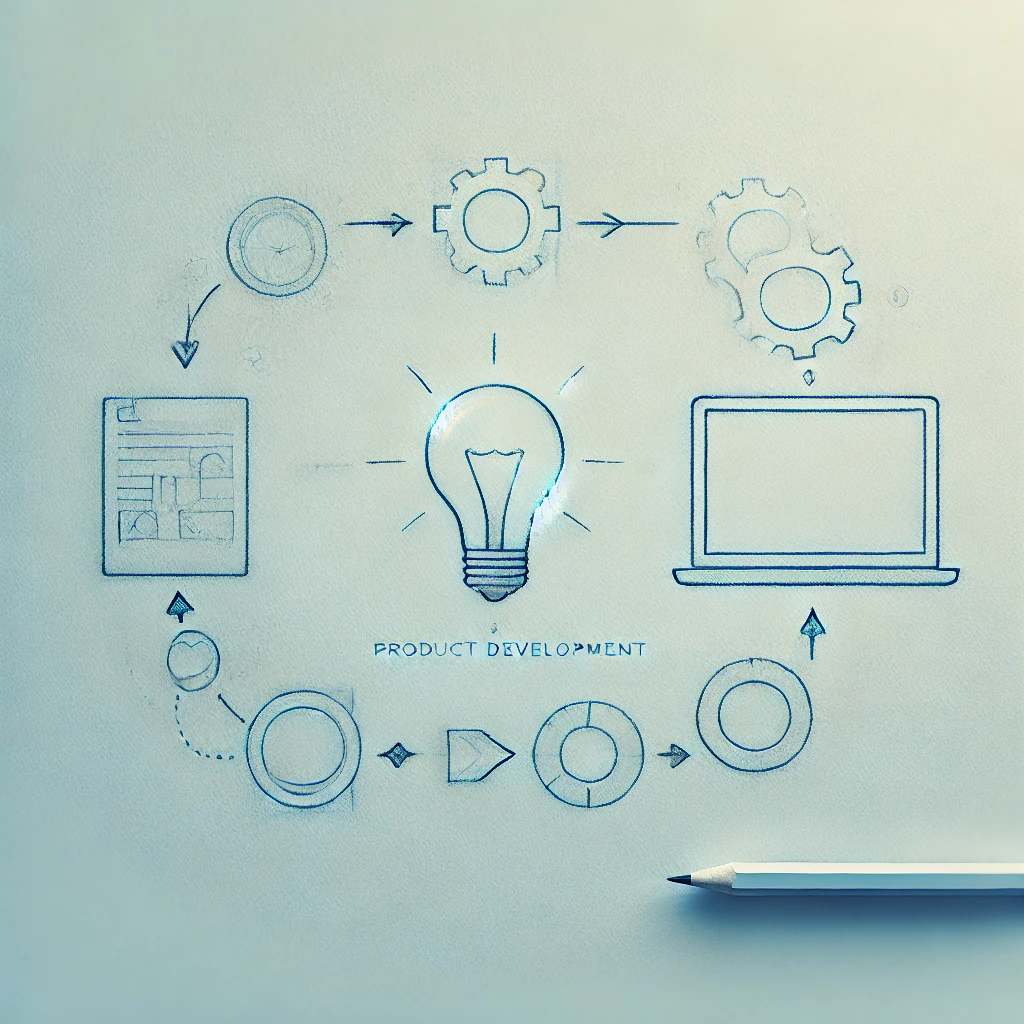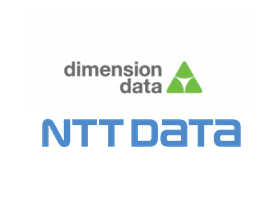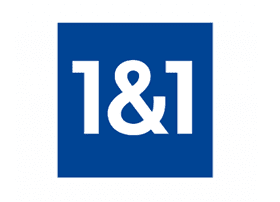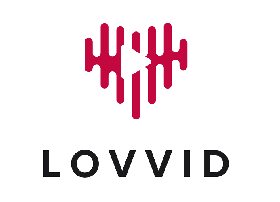How to migrate on-prem to cloud?
– A guide. –
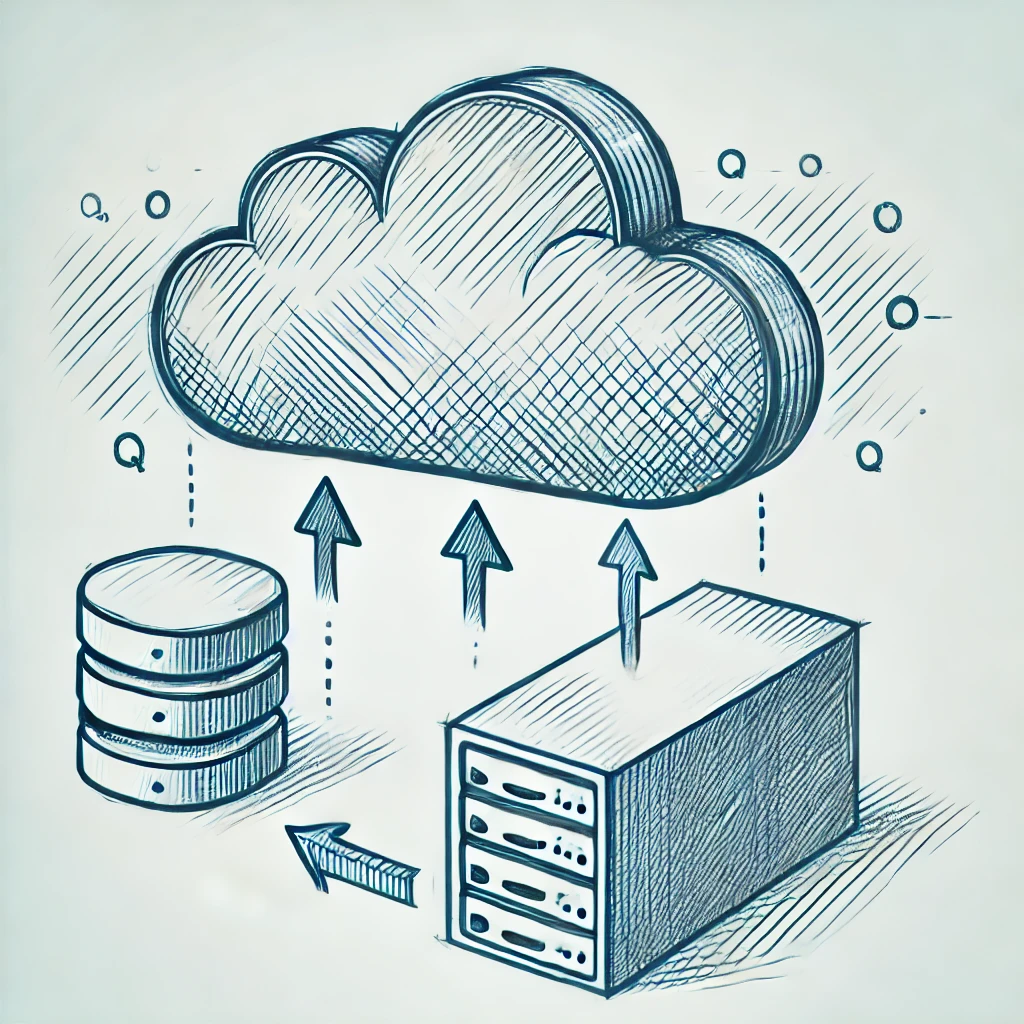
Migrating from on-premises infrastructures (on-prem) to the cloud is a significant step for many companies that want to benefit from the advantages of the cloud, such as scalability, flexibility and cost efficiency. In this guide, we explain in detail the steps required for a successful migration and offer valuable tips to help you avoid common pitfalls.
1. analysis of the current IT landscape
1.1 Inventory of the existing infrastructure
Before the migration to the cloud can begin, it is crucial to carry out a detailed inventory of the existing on-prem infrastructure. This includes analyzing the servers, databases, applications, network infrastructure and security settings. The aim is to obtain a clear picture of the current IT environment in order to make informed decisions about the migration.
- Hardware and software: Which servers and applications are currently in use? Are there any outdated systems that should not be migrated to the cloud?
- Network infrastructure: How is the current network set up? Are adjustments required to facilitate cloud integration?
- Data stocks: Which data needs to be migrated? Is there sensitive data that requires special security measures?
1.2 Assessment of cloud readiness
The next step is to check which components of the current infrastructure are suitable for the cloud. Some applications and systems may not be suitable for direct cloud migration and require adaptation or replacement with cloud-native solutions.
- Compatibility: Are the existing applications cloud-compatible?
- Performance: Can the current systems deliver the performance required in the cloud?
- Safety: What safety requirements must be met?
2. planning the migration
2.1 Choosing the right cloud model
There are various cloud models that can be selected depending on company requirements. The most important models are
- Public cloud: Cost-efficient and flexible, but with less control over the infrastructure.
- Private cloud: More control and security, but more cost-intensive.
- Hybrid cloud: Combination of the two to utilize the advantages of both models.
The decision for the right model should be based on the specific requirements and objectives of your company.
2.2 Definition of a migration strategy
The migration strategy determines how the migration is carried out. Here are the most common approaches:
- Lift-and-shift: The existing infrastructure is transferred to the cloud without major changes. This approach is fast, but does not always offer optimal results.
- Refactoring: Applications are adapted for the cloud in order to make better use of the advantages of the cloud architecture.
- Rebuilding: The applications are completely redeveloped to be fully cloud-native.
2.3 Schedule and resource planning
A detailed migration schedule is essential to ensure that the migration runs smoothly and without disruption. This includes:
- Set milestones: Setting interim targets and deadlines.
- Resource allocation: Ensure that sufficient human and technical resources are available.
- Risk analysis: identification of potential risks and development of contingency plans.
3. preparation of the migration
3.1 Data backup and emergency planning
Before the actual migration begins, all data should be backed up and a comprehensive contingency plan drawn up. If problems occur during the migration, it must be ensured that operations can be restored quickly.
- Create backups: Complete backup of all systems and data.
- Disaster recovery plan: plan for recovery in the event of a migration failure.
3.2 Training of the IT team
The IT team must be prepared for the new challenges that the cloud brings with it. This includes training in the areas of cloud management, security guidelines and operation of the new environment.
- Employee training: implementation of training courses and workshops.
- Test migrations: Carrying out test migrations to prepare the team for an emergency.
4. implementation of the migration
4.1 Data and application transfer
The actual transfer of data and applications to the cloud can take place in phases to minimize risk. This can be done by using the on-prem and cloud environment in parallel until the migration is complete.
- Data migration: Ensuring the secure and efficient transfer of data to the cloud.
- Application migration: Gradual transfer of applications, starting with less critical systems.
4.2 Monitoring and adjustment
Continuous monitoring is required during and after the migration to ensure that everything is running smoothly. Problems can often only occur after the migration, so it is important to monitor the systems closely and make adjustments if necessary.
- Monitoring tools: Use of monitoring tools to analyze system performance.
- Make adjustments: Fine-tune configurations to optimize performance.
5. follow-up and optimization
5.1 Performance evaluation
After the migration, it is important to evaluate the performance of the new cloud environment. This includes analyzing speed, reliability and cost efficiency compared to the previous on-prem infrastructure.
- Performance analysis: comparison of cloud performance with expectations.
- Cost efficiency: Review of actual costs compared to planning.
5.2 Optimization of cloud usage
Based on the results of the performance evaluation, optimization measures should be taken to exploit the full potential of the cloud. This can include the adaptation of resources, the introduction of new cloud services or further automation.
- Resource customization: Scaling of the cloud resources used according to demand.
- Automation: Introduction of automation processes to improve efficiency.
5.3 Documentation and knowledge transfer
Finally, all experiences, best practices and findings from the migration should be documented and passed on to the entire IT team. This ensures that future migrations or adjustments can be carried out efficiently.
6. conclusion
Migrating from on-prem to the cloud is a complex task that requires careful planning, implementation and follow-up. Every company has specific requirements and challenges that need to be considered individually.
The experts at BITS GmbH are at your side with their extensive knowledge and experience to make your migration a success. Contact us for comprehensive advice and support to make your IT infrastructure future-proof.
CONTACT
Would you like to find out more?
Are you interested in learning more about the possibilities of digitization in your company? Are you facing similar challenges or have you planned specific projects in your company? Please contact us for a detailed consultation.
Send us an e-mail directly to [email protected] – we look forward to working with you to shape the future of your IT landscape!
You can also make an appointment directly in our calendar.
OUR CUSTOMERS AND PARTNERS
OUR CUSTOMERS AND PARTNERS
Gemeinsam, zuverlässig und langfristig wollen wir als IT-Dienstleister Sie bei Ihren IT-Vorhaben unterstützen. Eine Auswahl unserer Kunden, Partner sowie Branchen finden Sie in diesem Abschnitt.






